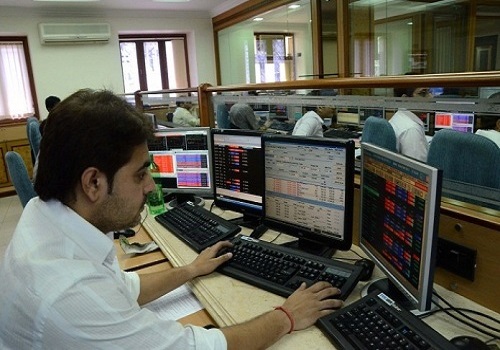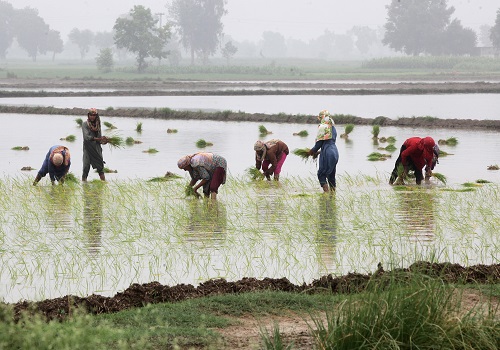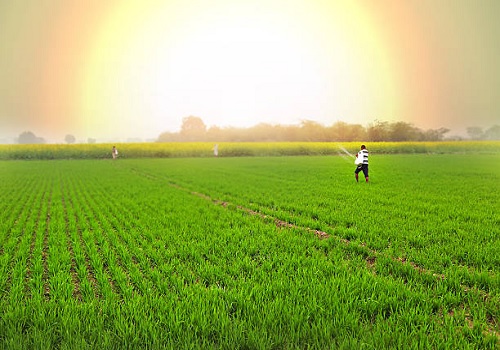Indian Monsoon Withdrawal Begins, Boosting Prospects for Rabi Crop Sowing by Amit Gupta, Kedia Advisory

Follow us Now on Telegram ! Get daily 10 - 12 important updates on Business, Finance and Investment. Join our Telegram Channel
The Indian Meteorological Department (IMD) has announced the withdrawal of the southwest monsoon from parts of Rajasthan and Gujarat, signaling the start of its retreat. This late withdrawal enhances prospects for the upcoming rabi season by providing sufficient soil moisture for crops like wheat, mustard, and gram. The government has set a production target of 164 million tonnes for food grains, with 115 million tonnes expected from wheat. IMD forecasts further monsoon retreat in the next 24 hours across Punjab, Haryana, and Gujarat. Despite monsoon deficiencies in northeast India, it is unlikely to impact rabi crop prospects and may even accelerate sowing in some areas.
Key Highlights
* Southwest monsoon withdrawal starts in Rajasthan and Gujarat.
* IMD predicts further monsoon retreat in the next 24 hours.
* 2024-25 wheat production target set at 115 million tonnes.
* Good soil moisture from late monsoon withdrawal aids Rabi sowing.
* Agriculture meeting planned to discuss 2024-25 Rabi strategy.
The Indian Meteorological Department (IMD) has confirmed the commencement of the southwest monsoon's withdrawal from parts of west Rajasthan and Kachchh. This marks the beginning of a gradual retreat after the monsoon covered the entire country by July 2. The monsoon, which brings about 75% of India’s annual rainfall, is crucial for both kharif and rabi crop cycles. IMD forecasts favorable conditions for further monsoon withdrawal in regions like Punjab, Haryana, and Gujarat over the next 24 hours.
This delayed monsoon retreat benefits the upcoming rabi season, as ample soil moisture enhances sowing conditions for key crops such as wheat, mustard, and lentils. The government has set an ambitious production target of 164 million tonnes for food grains in the 2024-25 rabi season, with 115 million tonnes for wheat alone. The moisture levels are ideal for achieving these targets, provided that temperatures remain stable throughout the winter season.
Other news suggests that while northeast India experienced monsoon deficiencies, it may not negatively impact rabi crop prospects. In fact, the lower rainfall may expedite sowing in certain regions. With total rainfall above normal levels at 88.08 cm since the onset of the monsoon in June, there is optimism for rabi crop production.
Finally
Late monsoon withdrawal and sufficient soil moisture set the stage for a promising rabi season, with positive outcomes for wheat and other crops.
Above views are of the author and not of the website kindly read disclaimer










Tag News

Quote on Real Estate Sector 2024 Recap and 2025 Outlook by Mr. Pradeep Aggarwal, Founder & C...



More News

China's Crude Oil Imports Drop 11% in June Amid Weak Refining Margin by Amit Gupta, Kedia Ad...





 320-x-100_uti_gold.jpg" alt="Advertisement">
320-x-100_uti_gold.jpg" alt="Advertisement">




